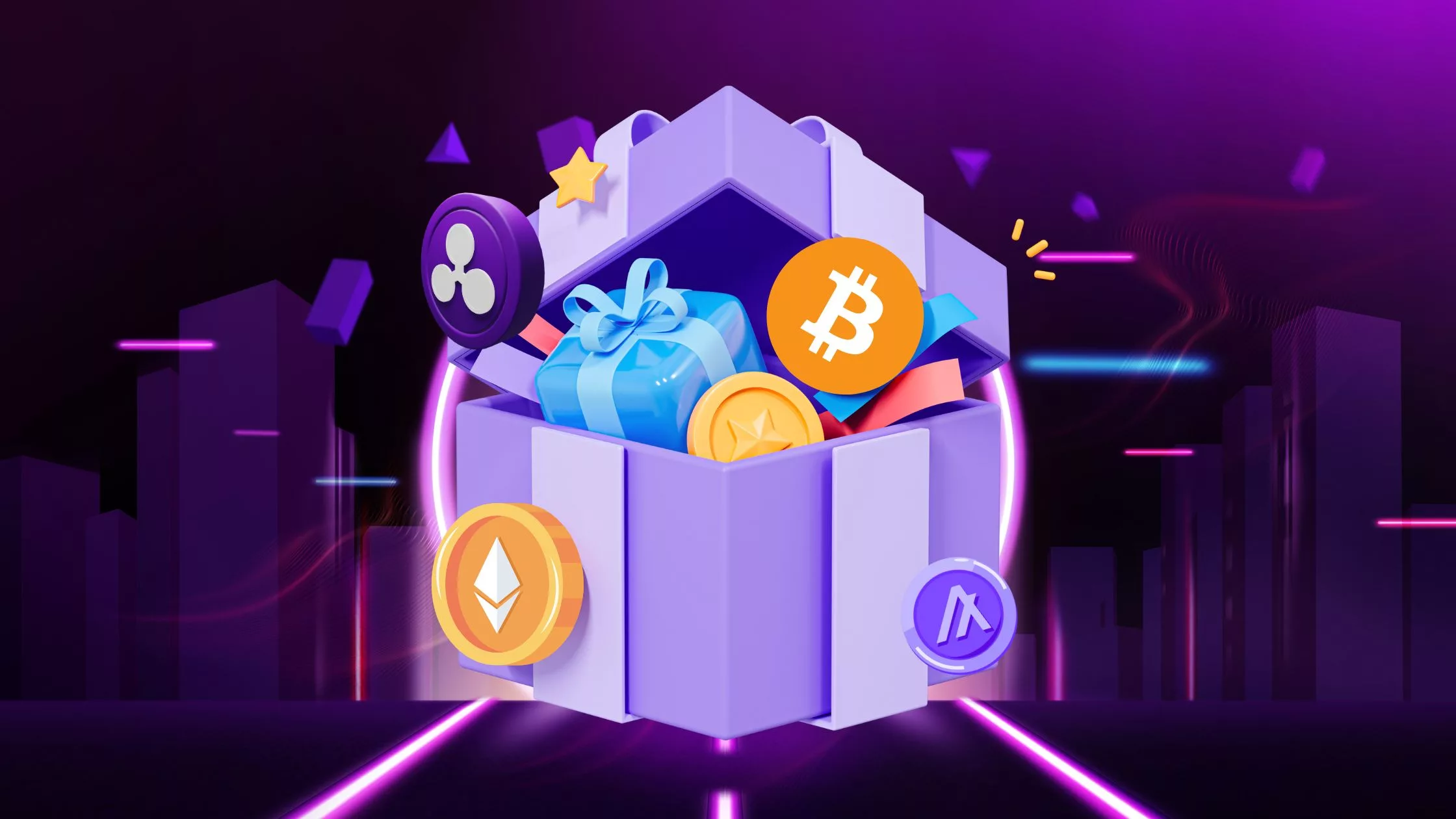Are you looking to know How Do Presale Tokens Gain Value Before Exchange Listings? then read this article to find out How Do Presale Tokens Gain Value Before Exchange Listings

Presale tokens exist in a unique economic state between private investment and public trading. No formal exchange pricing exists, yet value perceptions form through various mechanisms. Early holders evaluate their positions based on presale price, project developments, community growth, and competing project valuations. Value accrual before public trading determines whether exchange listings launch successfully or disappoint holders expecting higher prices. Digital collectors rejoice when launches occur, as smol pepe captures attention, illustrating exclusive availability, motivating collaboration, and sparking innovative ways to enjoy art within vibrant online circles.
Scarcity through allocation limits
Token supply available during presale represents a fraction of eventual circulation. Hard caps on presale participation create artificial scarcity. If a project allows only 5,000 addresses to purchase during presale, exclusivity drives perceived value. Those unable to participate during presale must wait for the public launch, potentially at higher prices. This exclusivity premium adds value to presale allocations beyond mere price discount. Whitelist requirements further restrict access. Projects accepting only 2,000 whitelist applicants from 20,000 submissions create 10x excess demand.
Successfully whitelisted participants hold positions that many others wanted but could not obtain. This competitive access establishes baseline value independent of project fundamentals. Secondary markets sometimes emerge where whitelist spots trade before token sales occur, revealing market-determined access value. Small presale caps relative to expected demand force difficult allocation decisions. Lottery systems or first-come approaches create urgency. Participants who secure allocation during competitive presales hold assets that many others actively sought, establishing immediate value from demonstrated demand.
Comparative valuation analysis
Presale participants estimate future value by comparing similar launched projects. If comparable meme coins launched at $10 million market caps, presale tokens priced implying $2 million valuations offer 5x potential at launch. This comparative analysis establishes value expectations driving presale participation decisions. Tokens from projects with superior fundamentals to successful comparables imply higher fair values. Fully diluted valuation calculations help presale buyers estimate realistic post-launch prices. Multiplying the total token expected cost per token yields market cap projections. Comparing these projections to existing project valuations reveals pricing seems reasonable. Presale tokens for projects with conservative valuations relative to competitors appear more valuable than those with inflated assumptions.
Market cap trajectory analysis of similar projects guides expectations. Tracking how comparable projects grew from launch through the first months provides roadmaps. If similar projects 10x within three months post-launch, presale participants buying at 0.3x launch price calculate 30x potential. These projections, whether realistic or optimistic, drive perceived value during presale holding periods. Sector momentum influences presale token perceived value. During meme coin bull markets, all related presales benefit from rising sector valuations. Presale tokens bought during sector accumulation phases appear more valuable as broader markets lift. Conversely, presales during sector declines face skepticism regardless of individual project quality. Macro market conditions heavily influence presale token value perceptions before objective pricing mechanisms exist.
Secondary market formation
Private over-the-counter trading sometimes emerges for presale allocations. Holders wanting early exits find buyers willing to pay premiums. These bilateral trades establish market-determined prices before official listings. OTC premiums of 1.5-2x over presale prices indicate strong demand. OTC discounts suggest weak holder confidence. This informal price discovery reveals value perceptions among informed participants.
Token vesting contracts occasionally become tradable on NFT marketplaces. Holders sell vesting positions as NFTs, transferring future unlock rights to buyers. These secondary markets create immediate liquidity for presale participants while establishing objective pricing. Trading volume and price levels on secondary markets provide concrete value signals, replacing speculation.